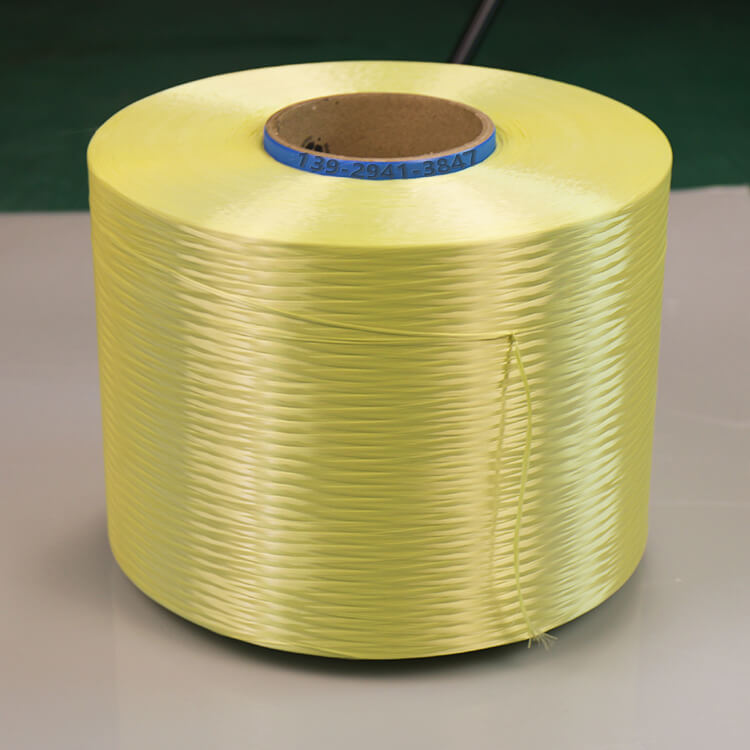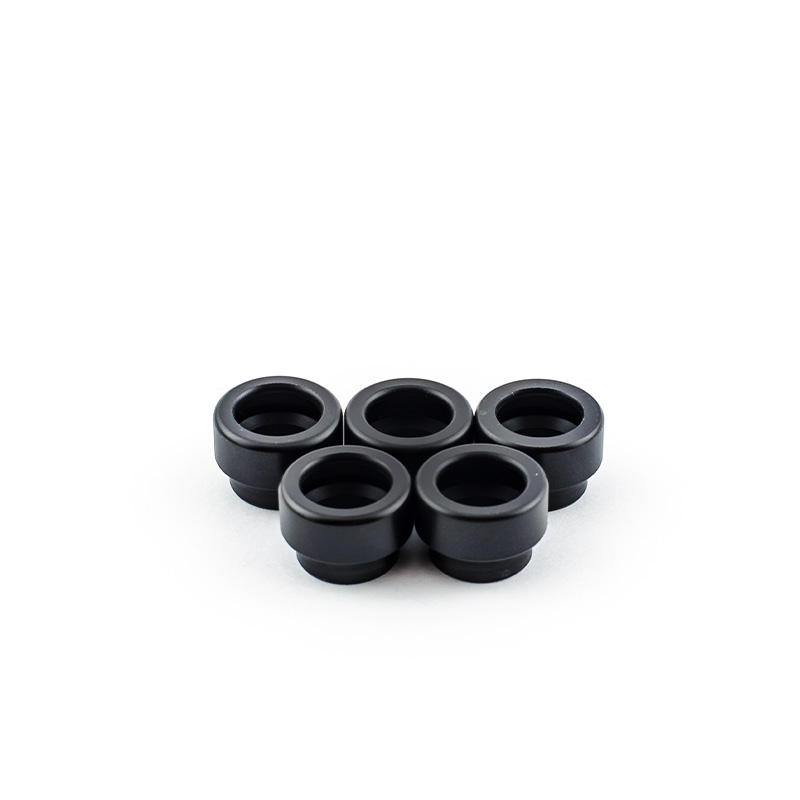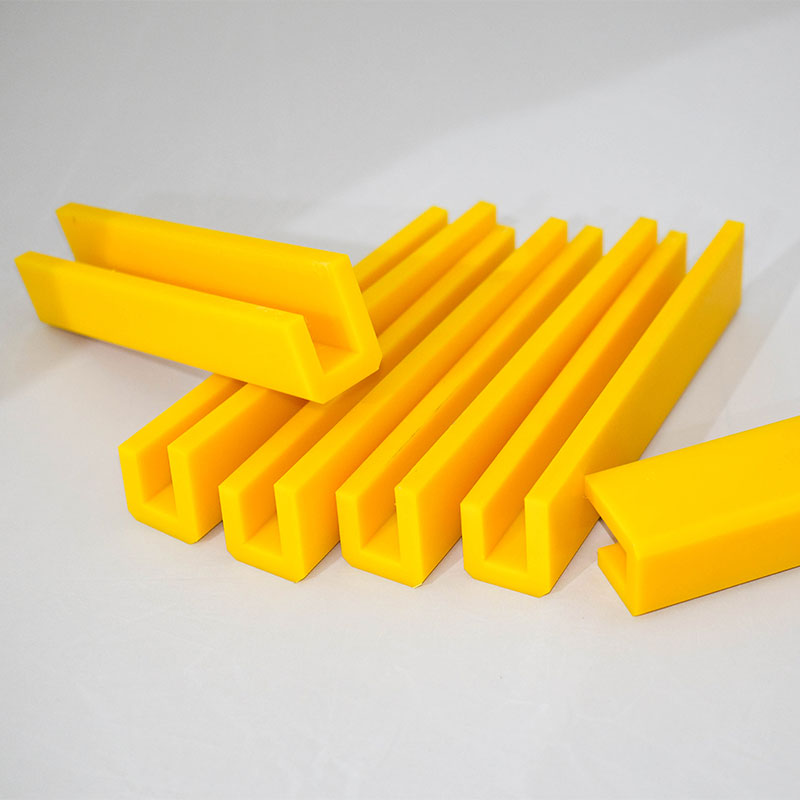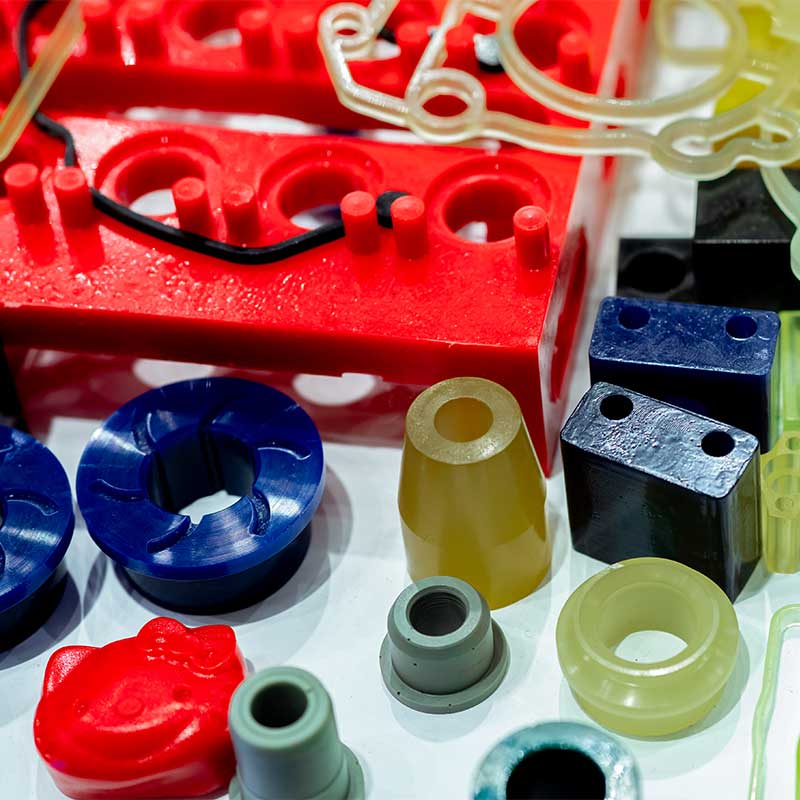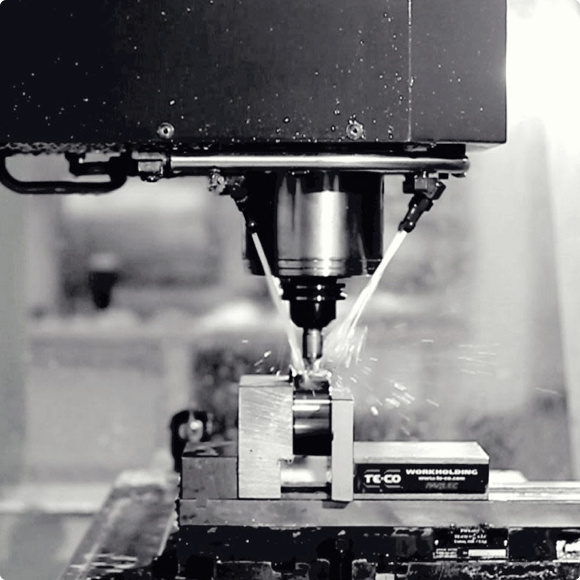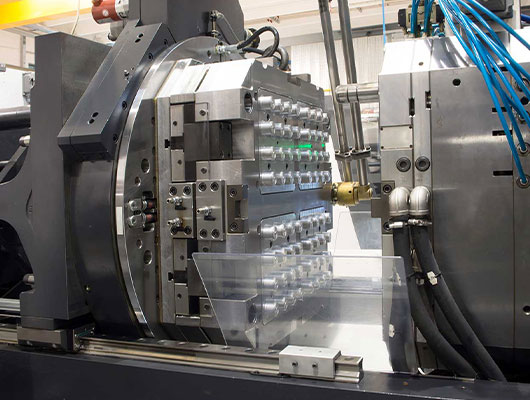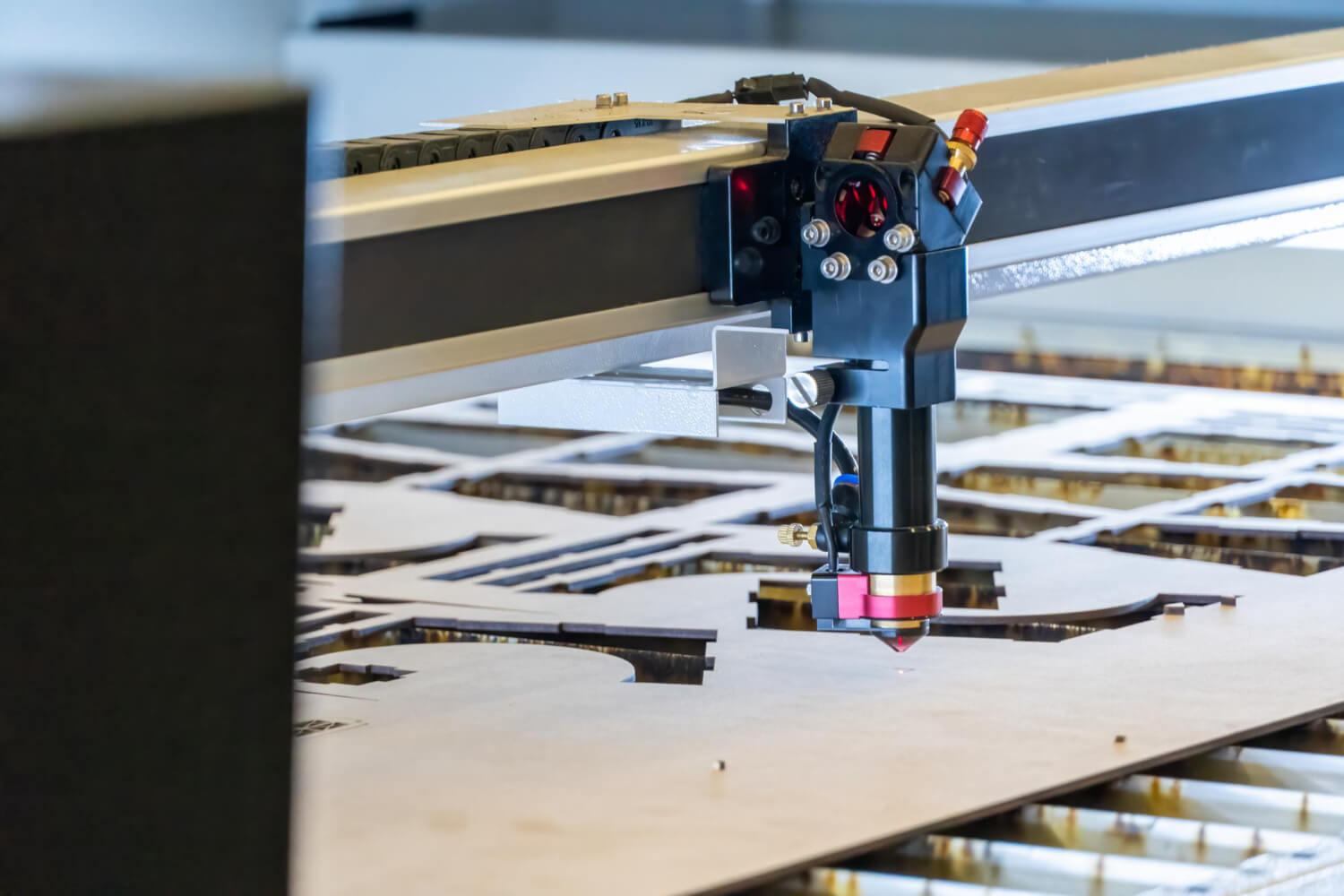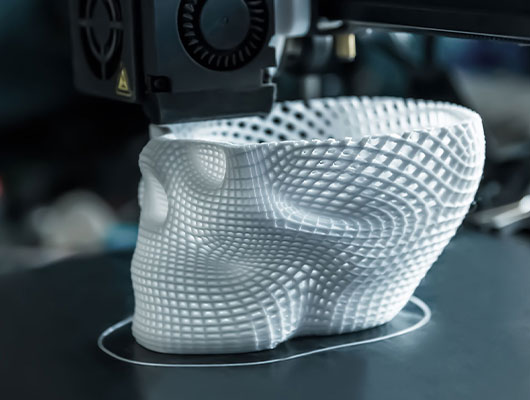Kevlar Fiber Reinforced Polymer (KFRP) is a composite material that integrates Kevlar fibers into a polymer matrix, creating a material known for its exceptional strength-to-weight ratio, impact resistance, and durability. Kevlar, a synthetic fiber developed by DuPont, is renowned for its high tensile strength and low weight, making it ideal for reinforcing materials used in demanding applications such as aerospace, automotive, and protective gear.
KFRP is used in various industries due to its unique properties. The Kevlar fibers provide the composite with outstanding toughness and energy absorption capabilities, which are crucial in applications requiring high impact resistance. The polymer matrix, typically composed of epoxy, vinyl ester, or polyester, binds the Kevlar fibers together, providing additional strength and structural integrity.
One of the key advantages of KFRP is its resistance to abrasion and cutting, making it suitable for protective applications like body armor and helmets. Additionally, KFRP is resistant to a wide range of chemicals and environmental factors, further extending its lifespan in harsh conditions. Despite its high performance, KFRP is lightweight, which is essential in industries like aerospace and automotive, where reducing weight without compromising strength is critical.
Overall, KFRP combines the best characteristics of Kevlar fibers and polymers, resulting in a versatile and high-performance composite material that meets the demands of a wide range of applications.


